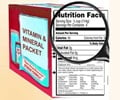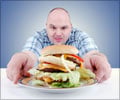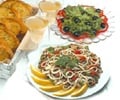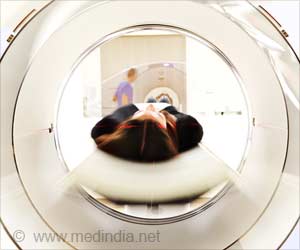A simple new technique developed by engineers can detect fake drugs from a video taken as the sample undergoes a disturbance.
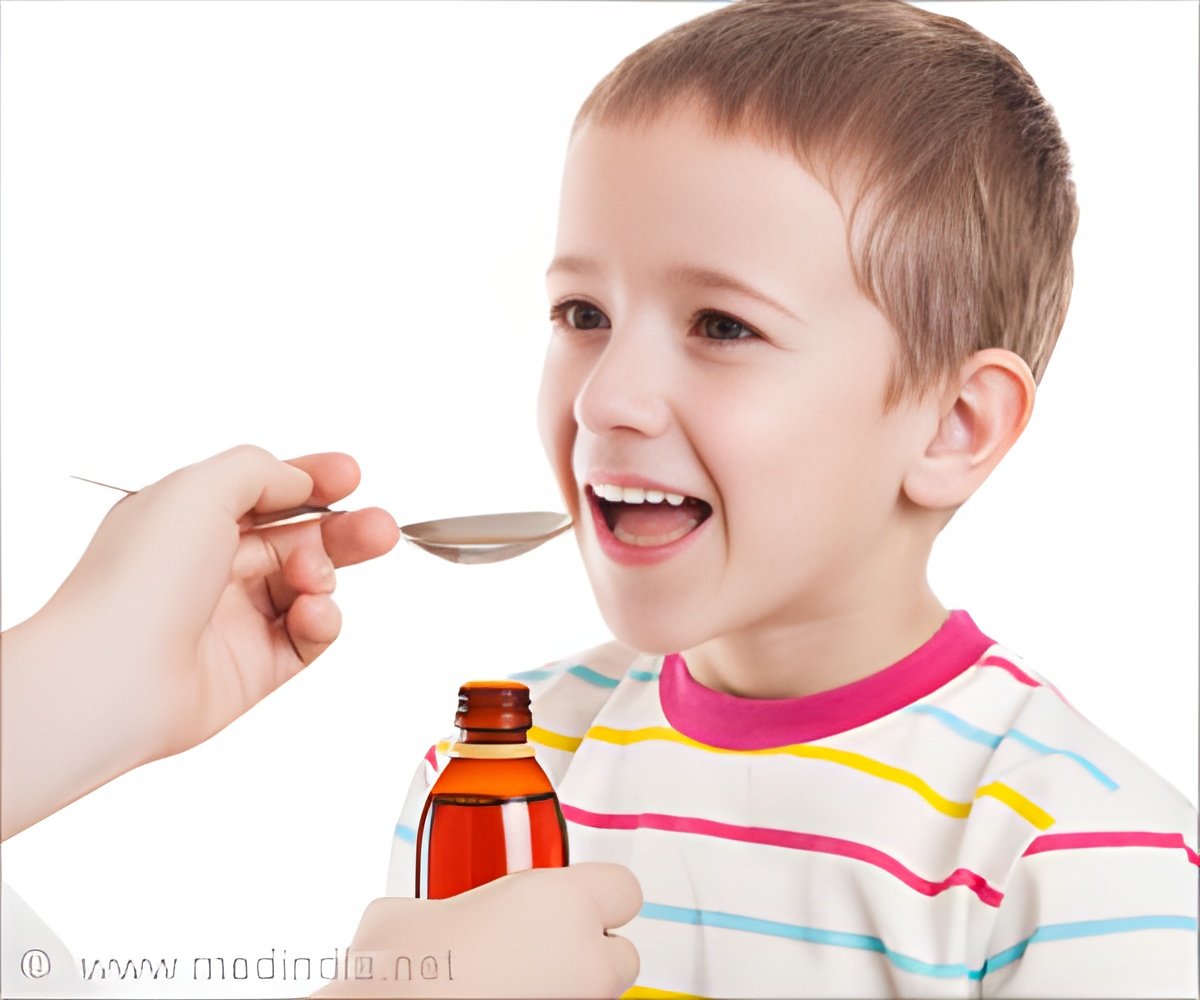
‘The technique is a connection between chemistry and computer science, where the contaminated samples produced chronoprints different from that of pure samples.’





Called "chronoprinting," the technology requires only a few relatively inexpensive pieces of equipment and free software to accurately distinguish pure from inferior food and medicines. The World Health Organization says that about 10 percent of all medicines in low- and middle-income countries are counterfeit, and food fraud is a global problem that costs consumers and industry billions of dollars per year. Fraudulent food and drugs waste money and jeopardize the health and lives of their consumers. But detecting fakes and frauds requires expensive equipment and highly trained experts.
William Grover, an assistant professor of bioengineering in UC Riverside's Marlan and Rosemary Bourns College of Engineering, and Brittney McKenzie, a doctoral student in Grover's lab, wondered if it would be possible to distinguish authentic from adulterated drugs and food by observing how they behave when disturbed by temperature changes or other causes. Two substances with identical compositions should respond the same way to a disturbance, and if two substances appear identical but respond differently, their composition must be different, they reasoned.
McKenzie designed a set of experiments to test this idea. She loaded samples of pure olive oil, one of the world's most commonly adulterated foods, and cough syrup, which is often diluted or counterfeited in the developing world, into tiny channels on a microfluidic chip, and chilled it quickly in liquid nitrogen. A USB microscope camera filmed the samples reacting to the temperature change.
McKenzie and Grover wrote software that converts the video to a bitmap image. Because the image showed how the sample changed over time, the researchers called it a "chronoprint."
Advertisement
Next, they repeated the experiment with samples of olive oil that had been diluted with other oils and cough syrup diluted with water. The adulterated samples produced chronoprints that were different from the pure samples. The difference was so big, so obvious, and so consistent the researchers concluded that chronoprints and image analysis algorithms can reliably detect some types of food and drug fraud.
Advertisement
Grover said their technique creates a powerful new connection between chemistry and computer science.
"By basically converting a chemical sample to an image, we can take advantage of all the different image analysis algorithms that computer scientists have developed," he said. "And as those algorithms get better, our ability to chemically identify a sample should get better, too."
The researchers used liquids in their experiments but note the method could also be used on solid materials dissolved in water, and other types of disturbance, such as heat or a centrifuge, could be used for substances that don't react well to freezing. The technique is easy to learn, making highly trained experts unnecessary. Chronoprinting requires hobbyist-grade equipment and software downloadable for free from Grover's lab website, putting it well within reach of government agencies and labs with limited resources.
Source-Eurekalert





